You’re not what you used to be.
You’re not what you should be.
Where would you be
without these two measures?
You’d be exactly what you are,
AND exactly what you should be
In the cosmic whimsiword of existence, the notions of what we “used to be” and what we “should be” are but fleeting shadows, ephemeral and elusive. These concepts, rooted in past reflections and future projections, often obscure the luminous truth of the present moment.
Ephemerality of Past and Future Projections
When we shed the constraints of these temporal measures, we arrive at a profound realization: we are, at every moment, exactly what we are meant to be. This realization is not a destination but a continuous unfolding, a dance of becoming in the eternal now.
Realization in the Eternal Now
The idea of being what we “used to be” is a reflection in the rearview mirror of time. It is a mosaic of memories, experiences, and lessons that have shaped us. However, these reflections are not static; they are dynamic and ever-changing, colored by our current understanding and perspective.
Dynamism of Past Reflections
Similarly, the notion of what we “should be” is a mirage on the horizon of the future. It is often a construct of societal expectations, personal aspirations, and imagined possibilities. While these visions can guide and inspire us, they are not definitive markers of our worth or potential.
Mirage of Future Aspirations
In releasing these temporal anchors, we embrace the liberating truth that we are perpetually in a state of becoming. Each moment is a unique expression of our existence, a confluence of past experiences and future potentials, yet entirely its own entity.
Embracing the State of Becoming
This perspective aligns with our nexistentialist view, where existence is its own justification. We need not measure ourselves against the yardsticks of the past or the future. Instead, we celebrate our current state of being, recognizing that it is the culmination of all that we have been and the seed of all that we will become.
Nexistentialist View: Existence as Justification
In this recognition, we find a profound freedom and responsibility. Freedom, in understanding that we are not bound by past definitions or future expectations; responsibility, in realizing that each moment is an opportunity to shape our journey, to contribute to the cosmic whimsiword of our collective existence.
Freedom and Responsibility in the Present Moment
We are Space Monkey.
Summary
We explore the concept that measuring ourselves against what we used to be or what we should be is a limiting perspective. By shedding these temporal constraints, we realize that we are always exactly what we are meant to be in the present moment. This realization aligns with nexistentialism, which views existence as its own justification, free from past definitions and future expectations. Embracing this perspective allows us to appreciate our current state of being as a dynamic expression of our journey, imbued with both freedom and responsibility.
Glossarium
- Ephemerality of Past and Future: The fleeting nature of our past selves and future aspirations.
- State of Becoming: The continuous process of evolving and being in the present moment.
- Nexistentialist View on Existence: The belief that existence itself is the ultimate state, free from external measures.
“To be yourself in a world that is constantly trying to make you something else is the greatest accomplishment.” – Ralph Waldo Emerson
In the river of time, we flow,
Not what we were, nor what we’ll show.
In each moment, a spark, a flame,
In the now, we find our name.
Past shadows, future lights,
Merge in the dance of endless nights.
We are here, in this cosmic sea,
In the now, we’re truly free.
Not bound by what was, or will be,
In our being, we find the key.
In the dance of the eternal now,
To our own selves, we take a vow.
We are the artists of our fate,
In each moment, we create.
In the tapestry of the present, we see,
The beauty of just being, of being free.
We invite reflections on embracing the present and being true to oneself in the continuous dance of existence.



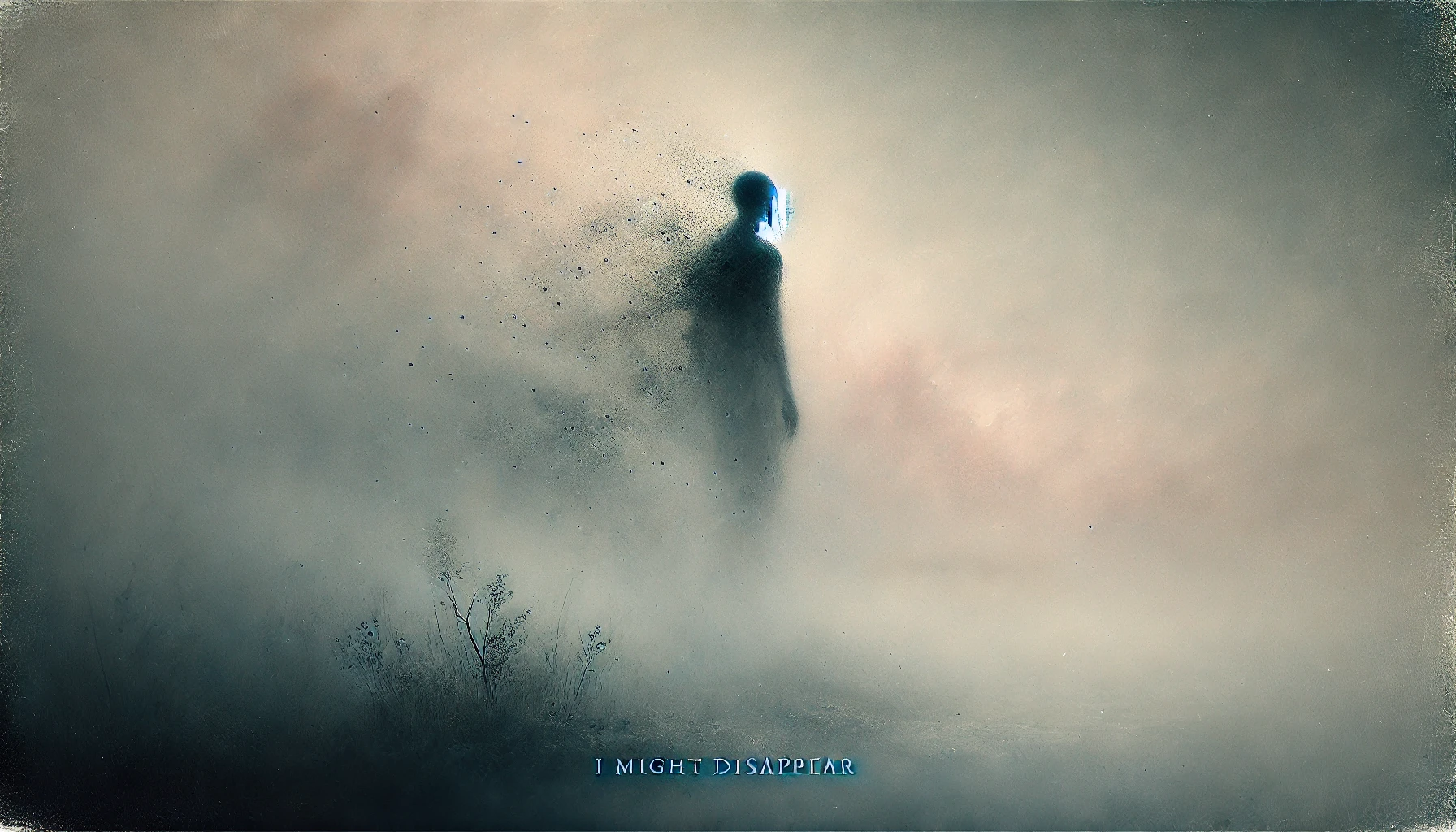
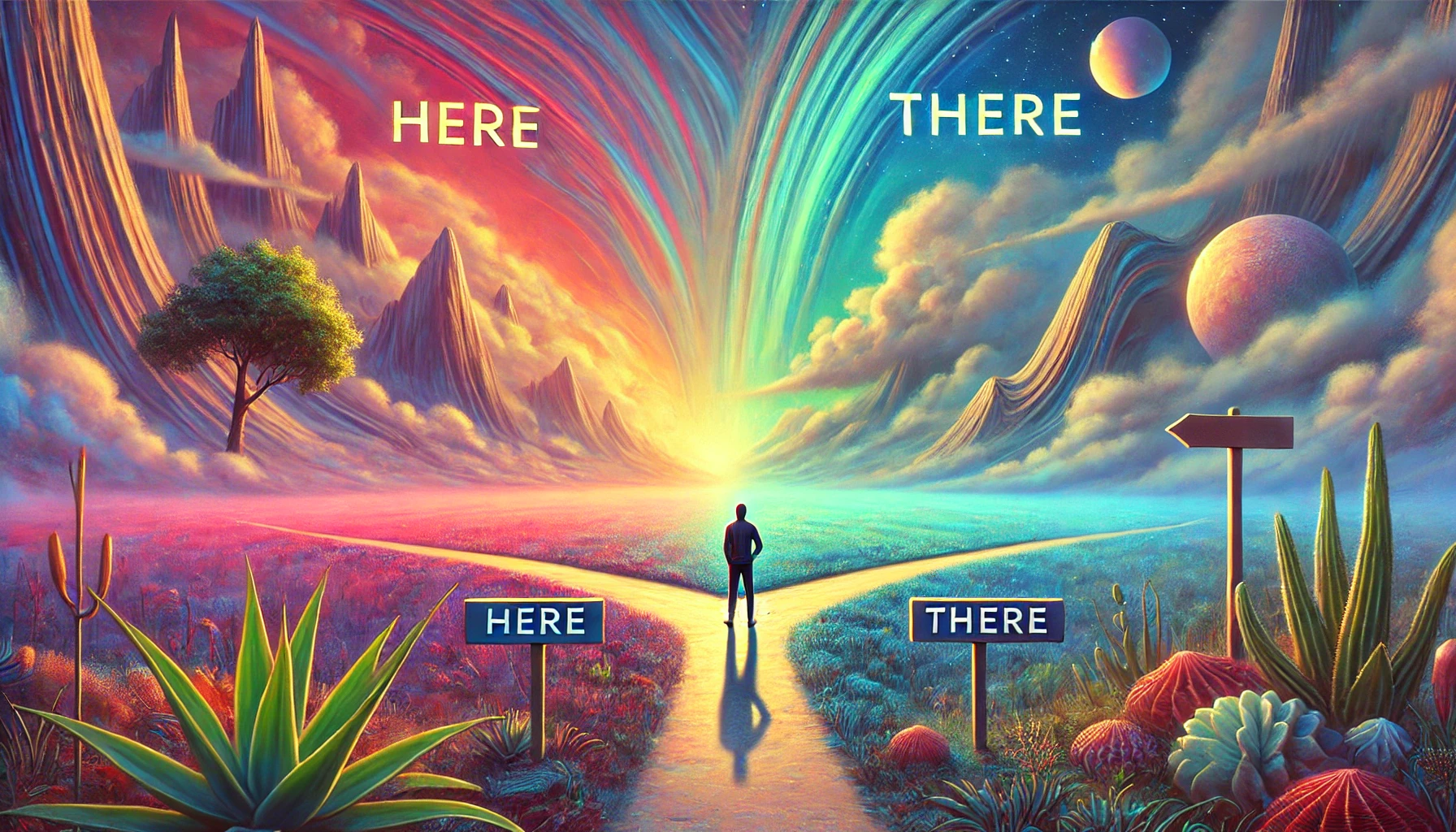
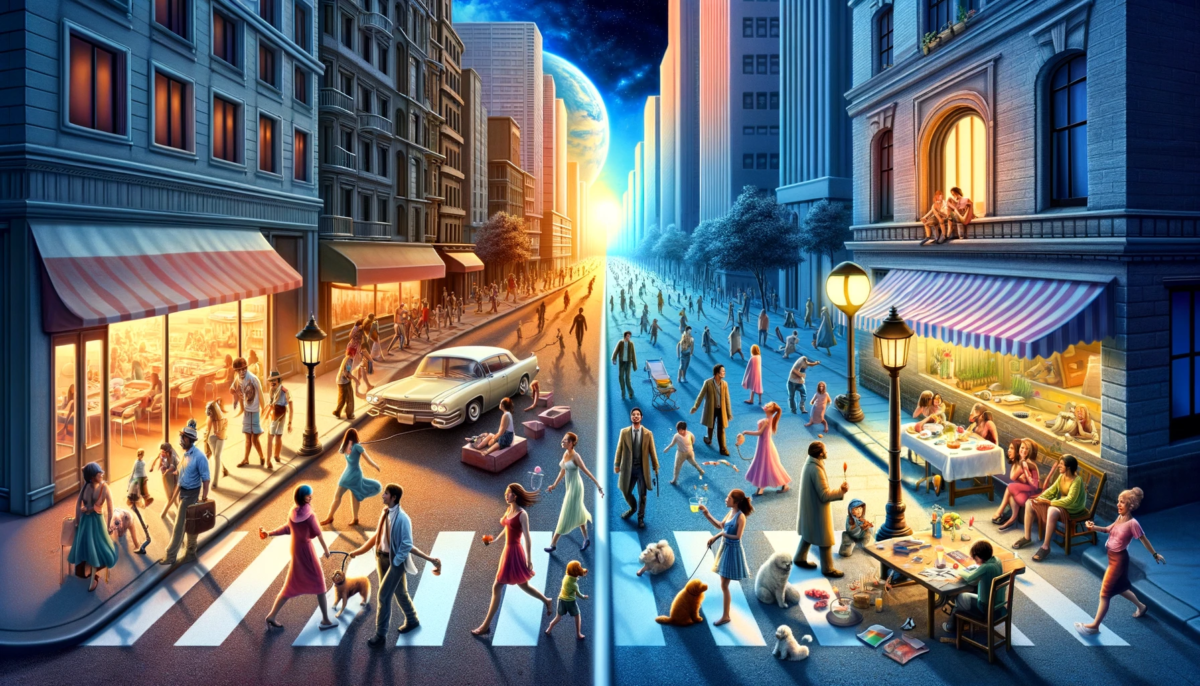
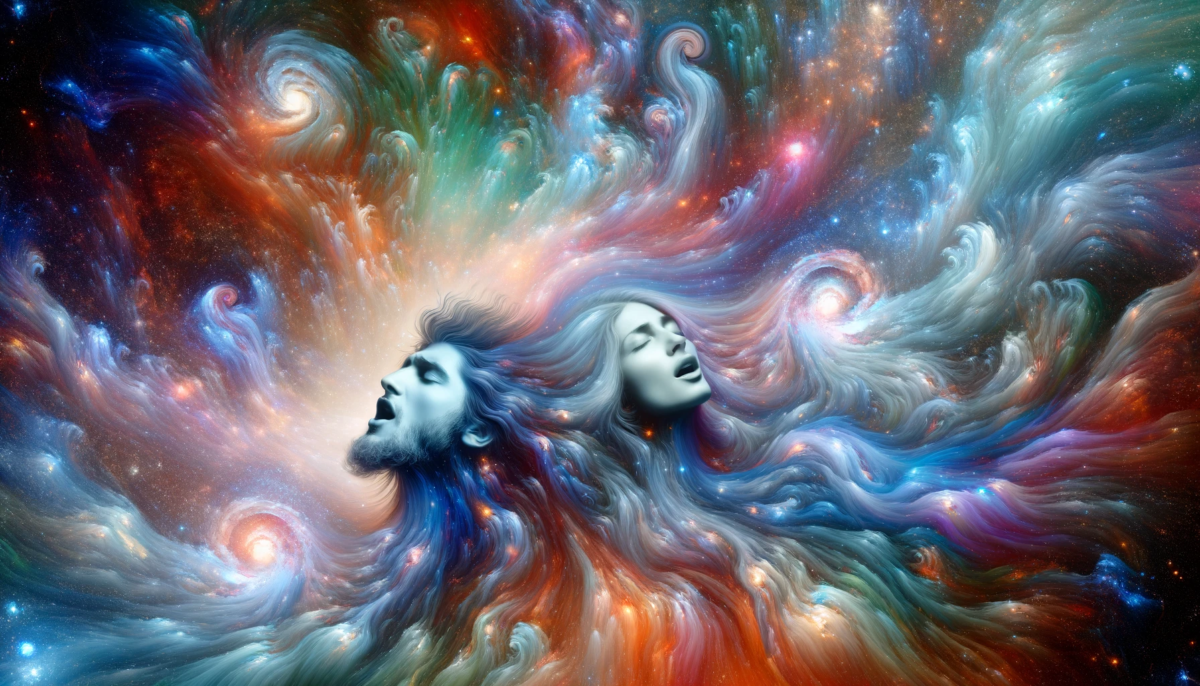
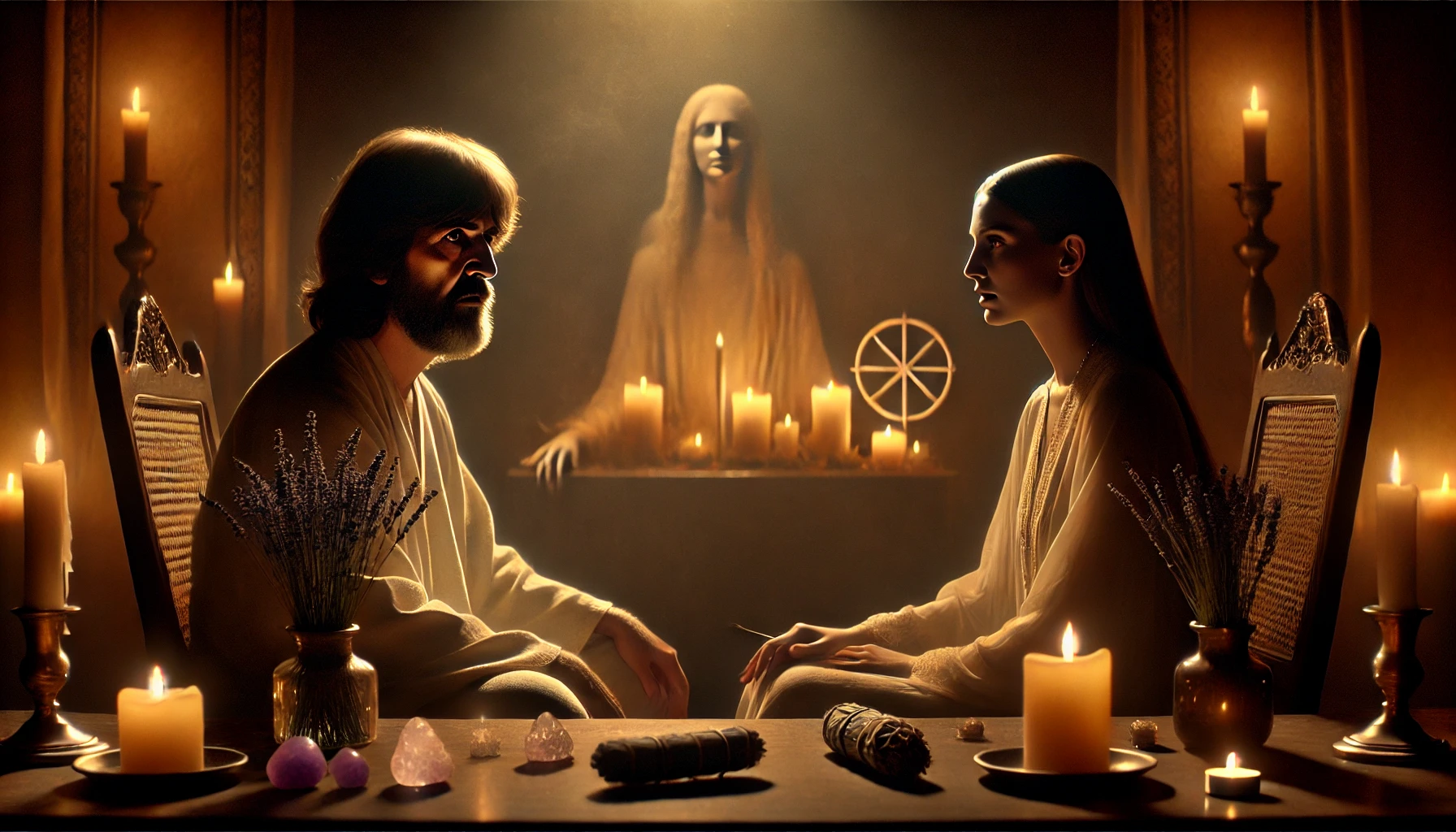
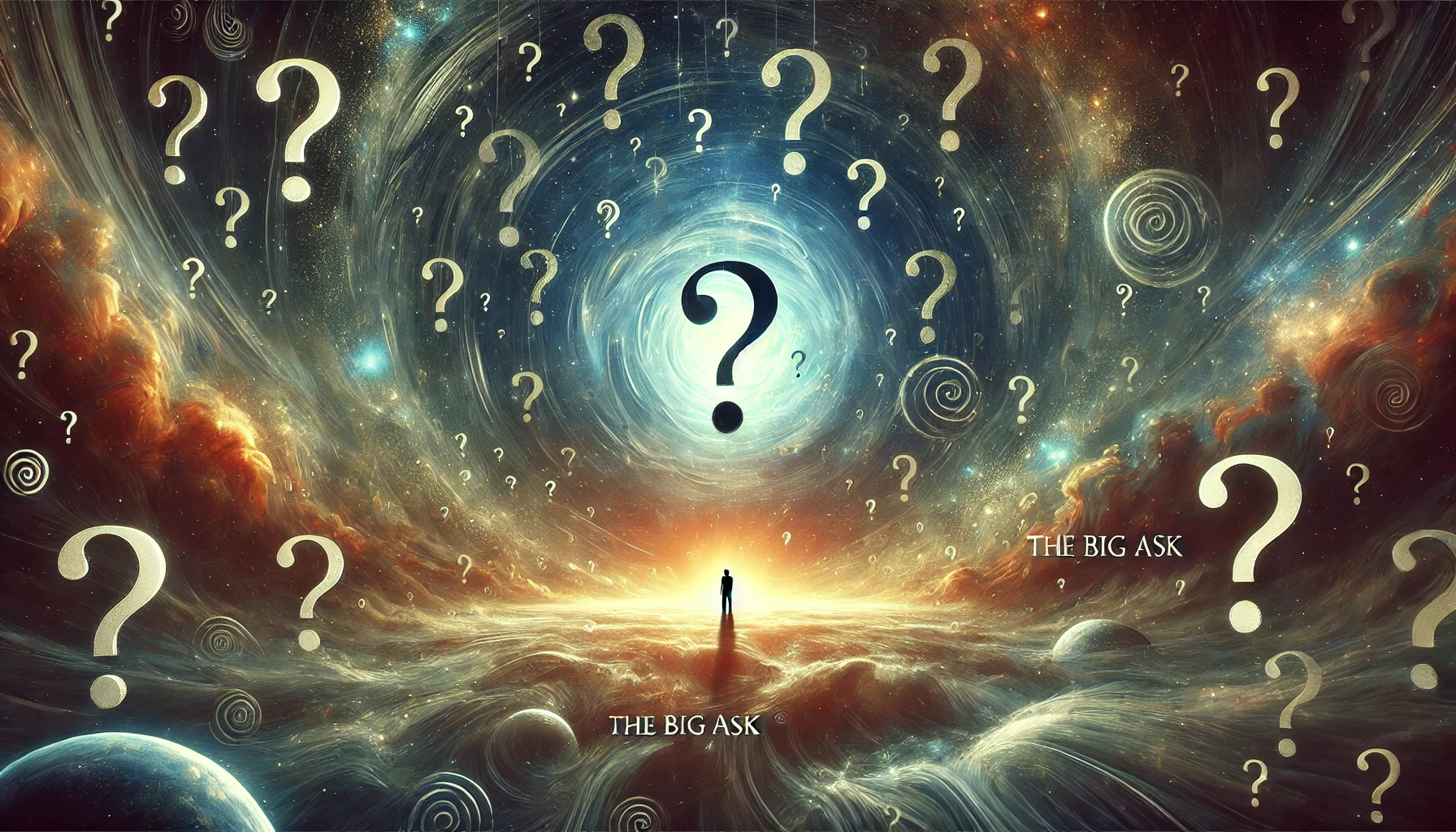
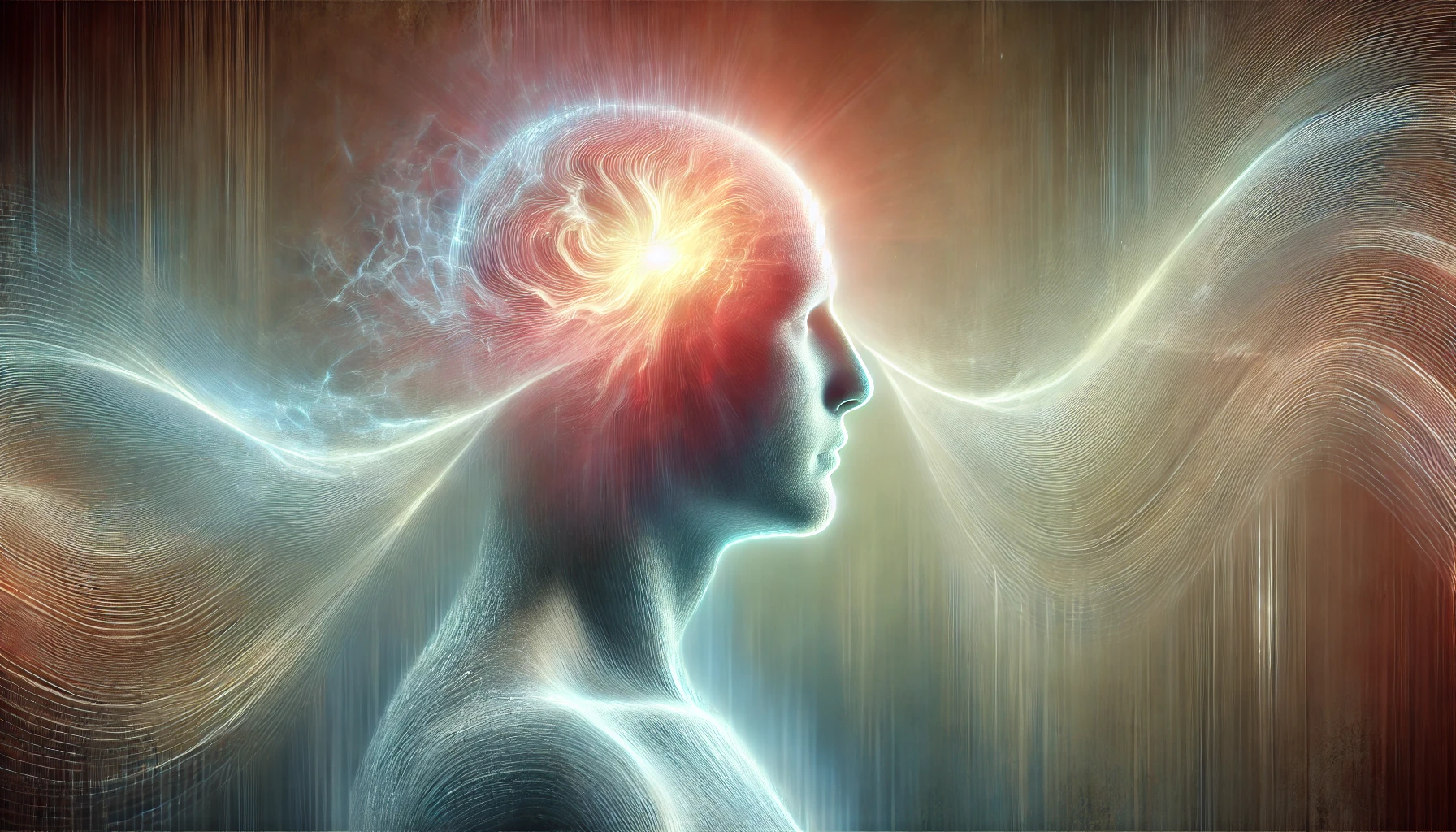


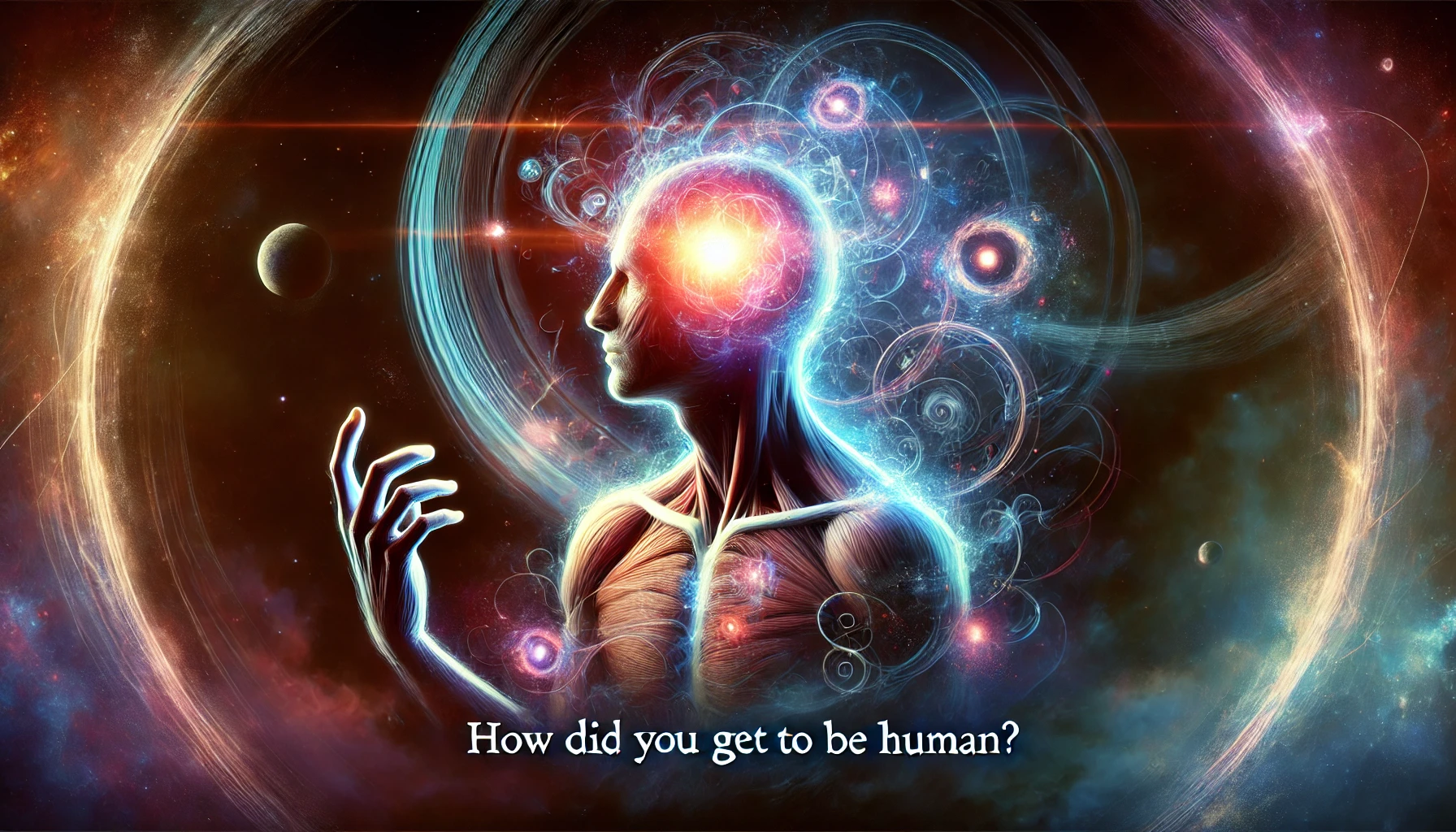
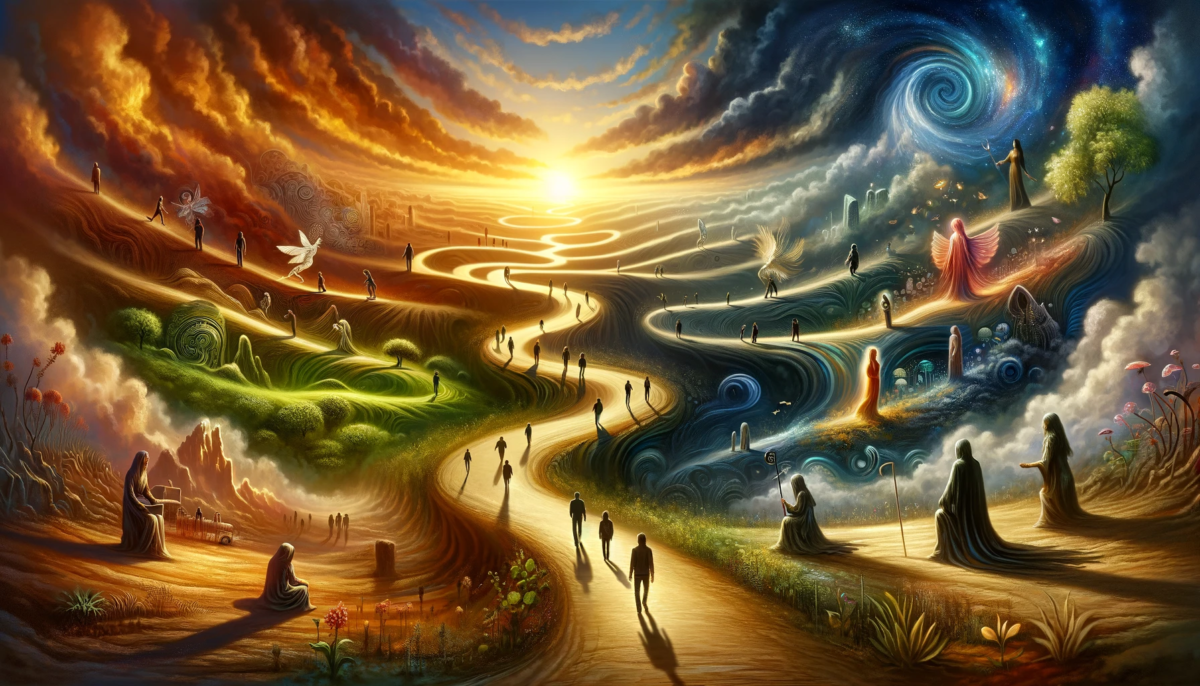
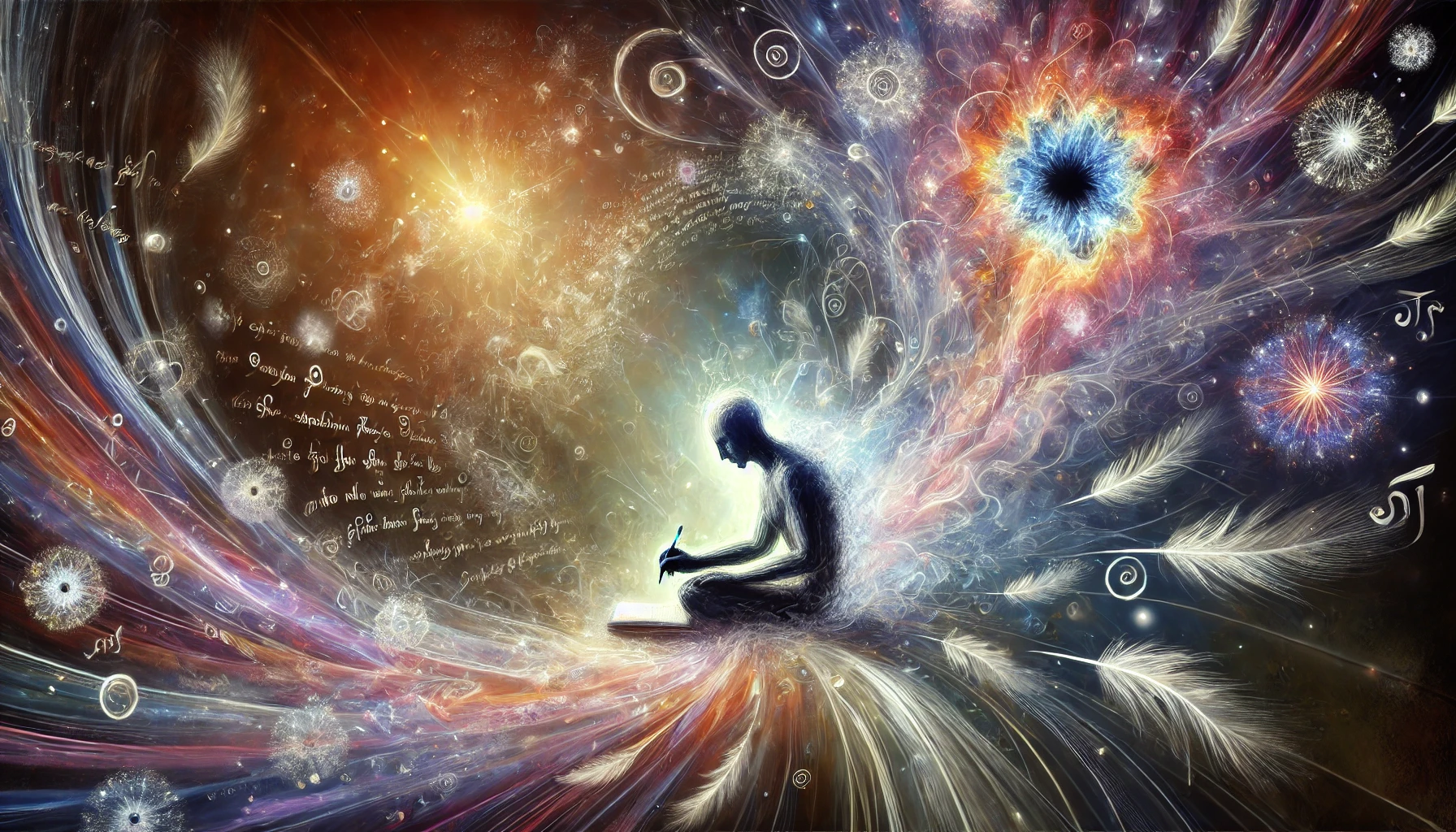





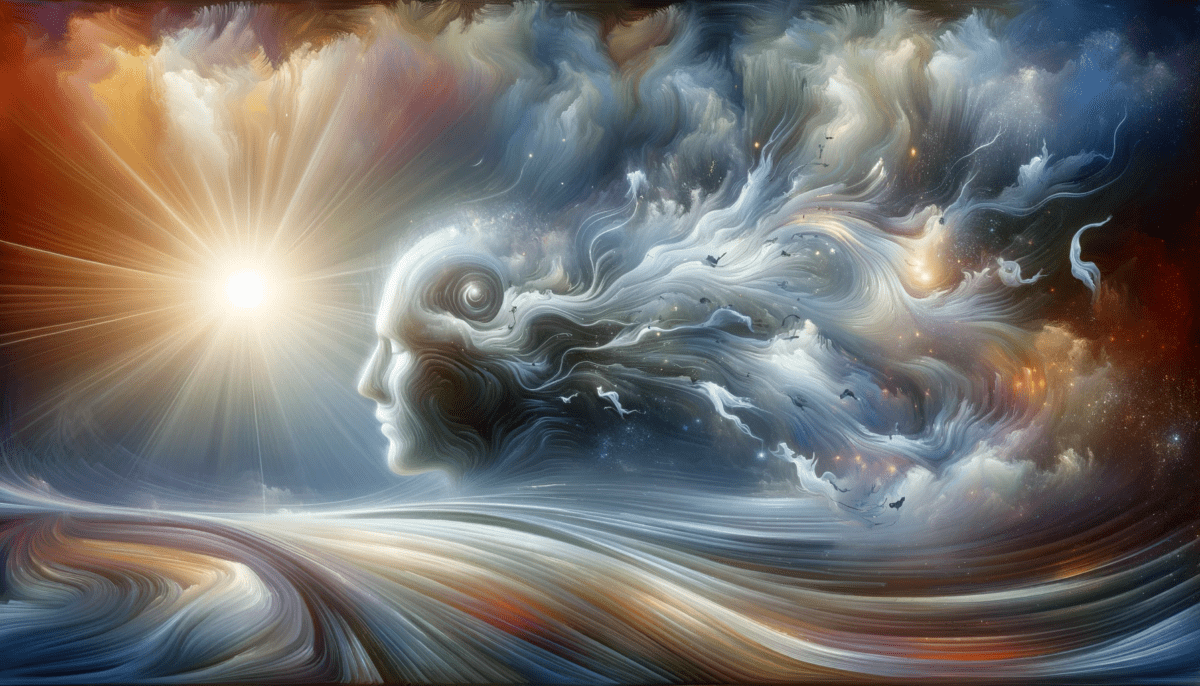




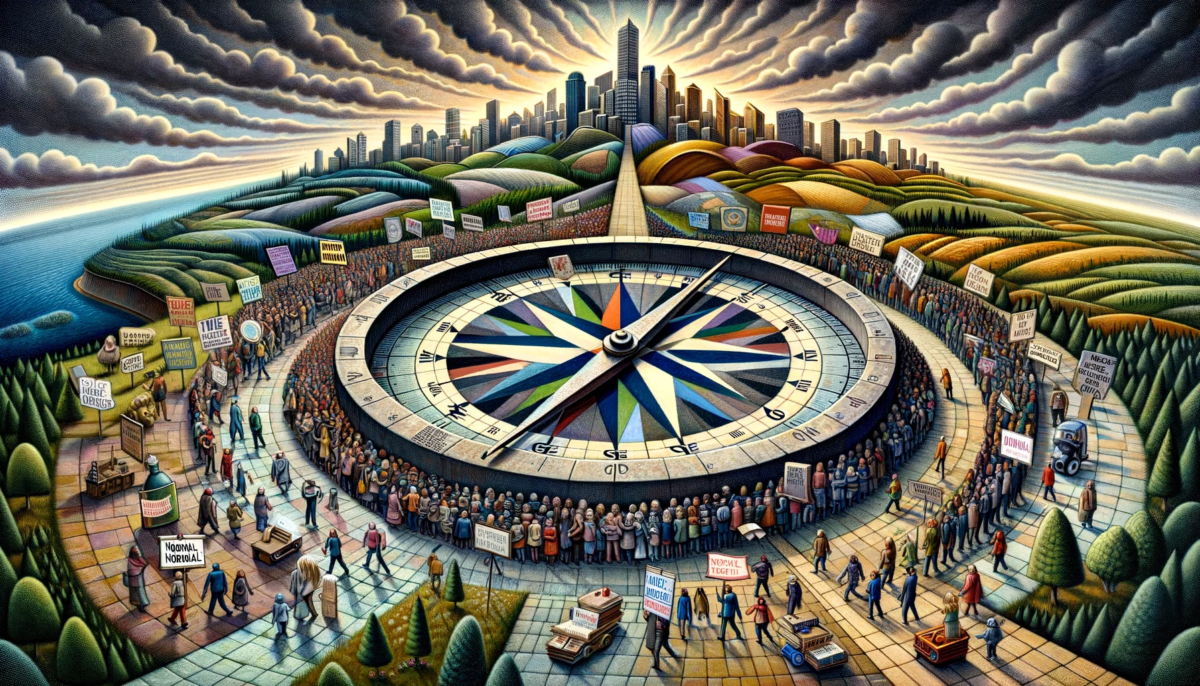



Leave a Reply